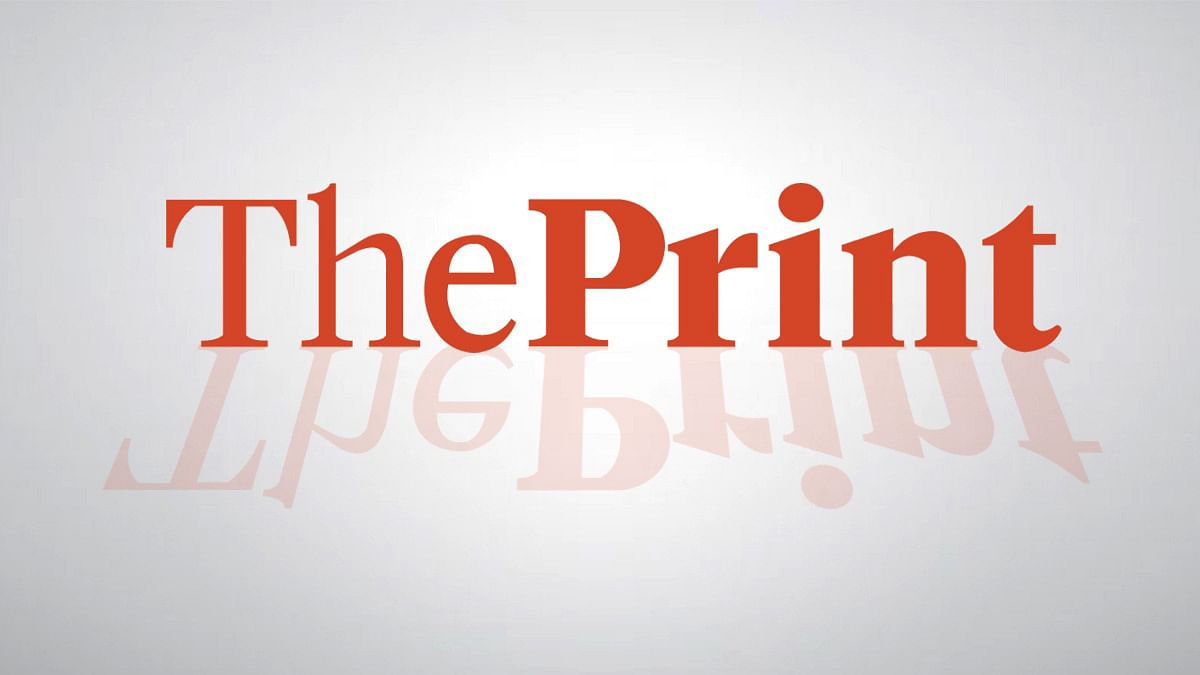By Gabrielle Ng and Katya Golubkova
SINGAPORE (Reuters) -Oil prices rose for a second consecutive session on Monday, with concerns escalating over potential supply disruptions in the Middle East after Israel stepped up attacks on Palestianian militant group Hamas and Iranian-backed forces in the region.
Brent crude futures for November delivery gained $1.12, up 1.56% to $73.10 a barrel as of 0611 GMT. That contract expires on Monday, and the more-active contract for December delivery climbed $1.04, or 1.45%, to $72.58.
U.S. West Texas Intermediate crude futures advanced 93 cents, or 1.36%, to $69.11 a barrel.
Prices also rose last Friday, though for the week, Brent fell around 3% and WTI fell by around 5% on worries about demand in China, despite fiscal stimulus measures in the world’s second-biggest economy and top oil importer.
On Monday, prices were supported by the possibility that a widening Middle East conflict may directly involve Iran, a key producer and member of the Organization of the Petroleum Exporting Countries (OPEC), after Israel escalated attacks on the Hezbollah and Houthi militant groups that Iran backs.
While excessive supplies are a key concern for oil markets, investors broadly fear a region-wide conflict in the Middle East could affect supplies from key producing areas, said Priyanka Sachdeva, senior market analyst at Phillip Nova.
Hamas said an Israeli strike killed its leader in Lebanon on Monday, while another Palestinian militant group said three of its leaders were killed in a strike on Beirut.
Israel on Sunday launched airstrikes against the Houthi militia in Yemen and dozens of Hezbollah targets throughout Lebanon after earlier killing the Hezbollah leader.
In the context of Israel’s decisive strike on Hezbollah, oil prices will continue to be driven by supply and demand dynamics, said Tony Sycamore, market analyst at IG.
Given the upcoming end of OPEC+’s voluntary supply cuts on Dec. 1, WTI may test its 2021 lows in the $61 to $62 a barrel range, he said.
“Additionally, despite China’s recent dovish shift, it’s unclear if this will translate into higher fuel demand, considering China’s advancements in electrifying and decarbonising its transportation sector,” Sycamore said.
Data on Monday was not encouraging for demand, showing China’s manufacturing activity shrank for a fifth straight month and the services sector slowed sharply in September.
Later on Monday, markets will be waiting to hear from Federal Reserve Chair Jerome Powell for clues on the central bank’s pace of monetary easing. Seven other Fed policymakers are also due to speak this week, ANZ analysts said in a note.
With the Fed and other major central banks embarking on policy easing, some economic recovery could just be around the corner, said Phillip Nova’s Sachdeva.
“How well demand responds to easing rates, and how much Chinese demand revives after the major stimulus injected last week, will eventually shape oil market dynamics going forward,” she said.
(Reporting by Gabrielle Ng and Katya Golubkova; Editing by Christian Schmollinger, Jamie Freed and Sonali Paul)
Disclaimer: This report is auto generated from the Reuters news service. ThePrint holds no responsibilty for its content.

